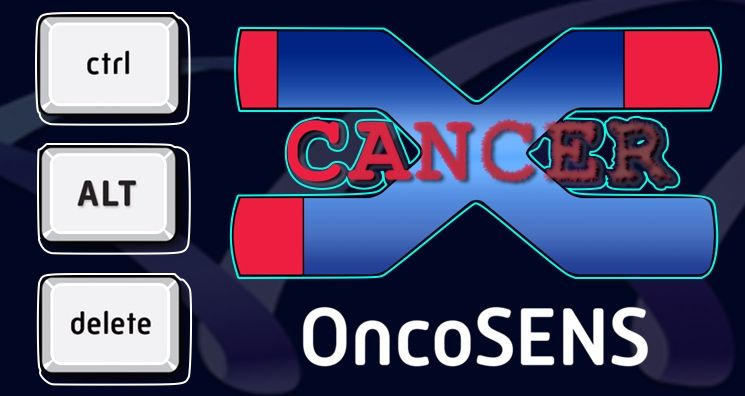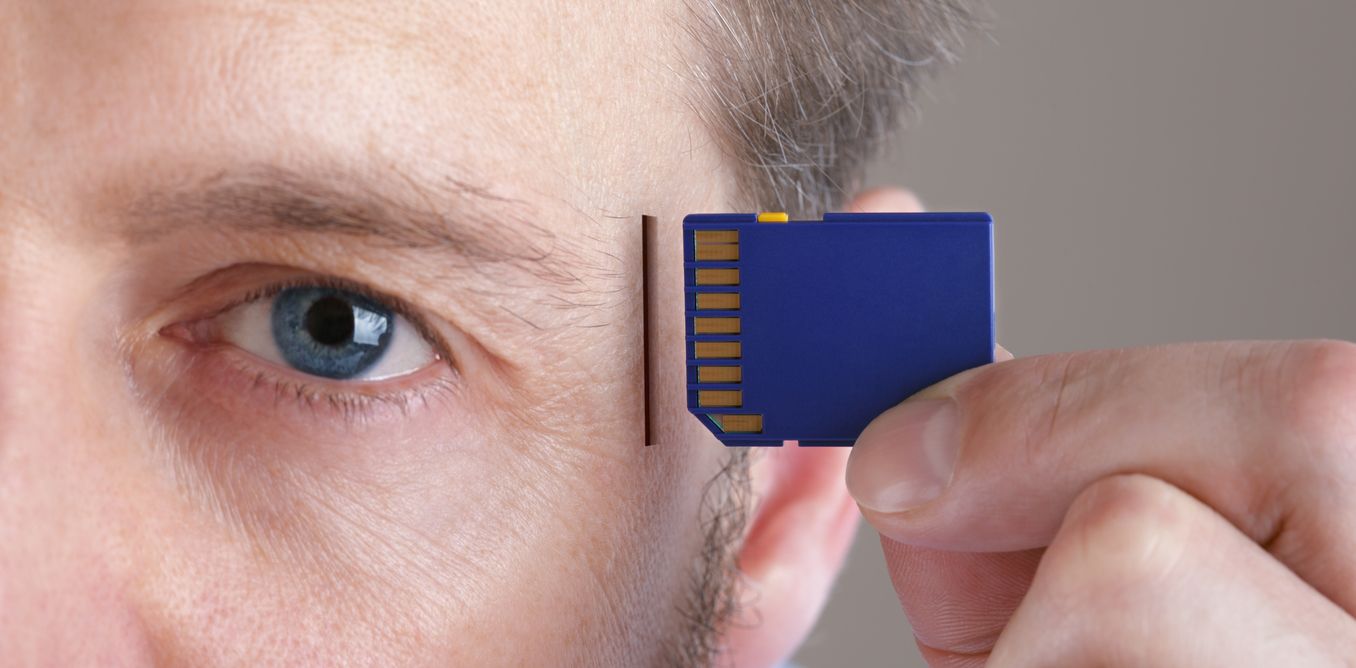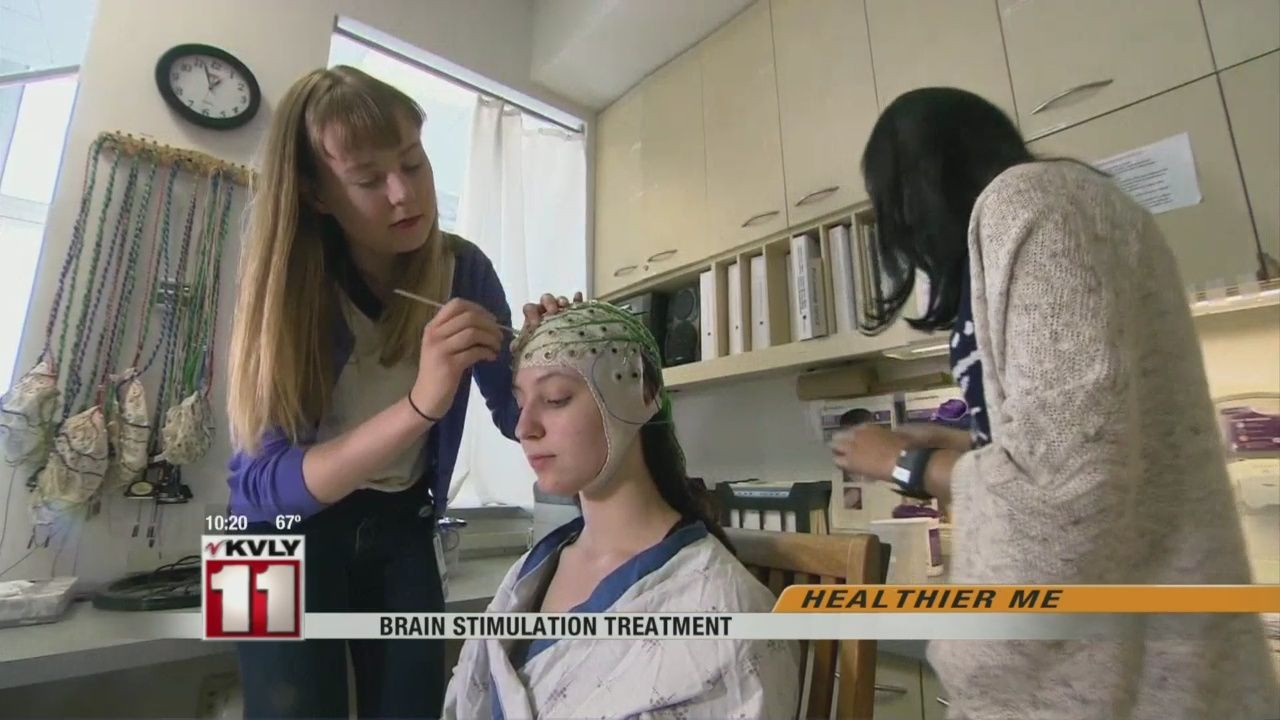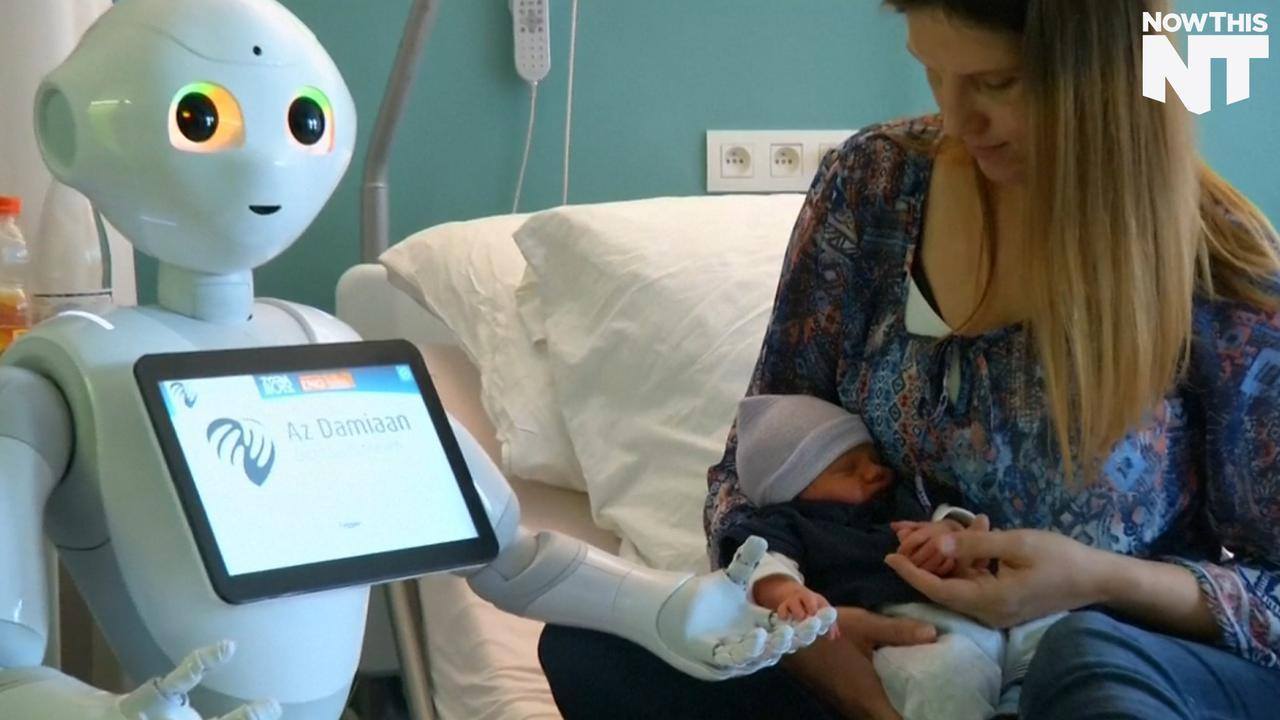Archive for the ‘biotech/medical’ category: Page 2587
Jul 4, 2016
Stopping Cancer at the Starting Line
Posted by Steve Hill in categories: biotech/medical, life extension

Narrated by actor Edward James Olmos, this video describes one of the body’s critical anti-cancer defences – the telomeres. These caps on the ends of our chromosomes shorten each time a cell divides and, when they become too short, trigger the cell to self-destruct. When a cell grows too rapidly, it and all of its descendants normally suffer this fate. Such growths are sometimes called “pre-cancer”. Since our stem cells need to be able to divide without this constraint in order to replace cells lost across the body, they produce the enzyme telomerase to re-extend their telomeres. Unfortunately, a small number of pre-cancerous cells manage to activate their own copies of the telomerase gene, escaping the limit on their growth. SENS Research Foundation is developing therapies to completely block telomere extension in pre-cancerous cells, ensuring the body’s existing defences can function as intended.
Jul 3, 2016
This 4,000 Pound Elephant Just Got A New Prosthetic Leg
Posted by Lily Graca in categories: biotech/medical, cyborgs
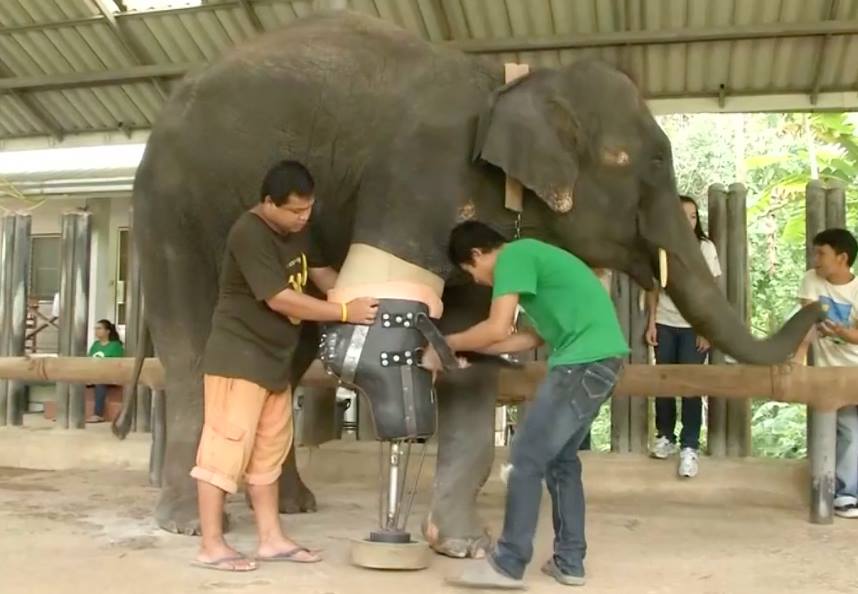
10 years ago, this beautiful animal stepped on a landmine. Now, thanks to a new prosthetic leg, she can walk again. http://voc.tv/29e6yb5
Jul 2, 2016
How brain implants can let paralysed people move again
Posted by Karen Hurst in category: biotech/medical
Something as simple as picking up a cup of tea requires an awful lot of action from your body. Your arm muscles fire to move your arm towards the cup. Your finger muscles fire to open your hand then bend your fingers around the handle. Your shoulder muscles keep your arm from popping out of your shoulder and your core muscles make sure you don’t tip over because of the extra weight of the cup. All these muscles have to fire in a precise and coordinated manner, and yet your only conscious effort is the thought: “I know: tea!”
This is why enabling a paralysed limb to move again is so difficult. Most paralysed muscles can still work, but their communication with the brain has been lost, so they are not receiving instructions to fire. We can’t yet repair damage to the spinal cord so one solution is to bypass it and provide the instructions to the muscles artificially. And thanks to the development of technology for reading and interpreting brain activity, these instructions could one day come direct from a patient’s mind.
We can make paralysed muscles fire by stimulating them with electrodes placed inside the muscles or around the nerves that supply them, a technique known as functional electrical stimulation (FES). As well as helping paralysed people move, it is also used to restore bladder function, produce effective coughing and provide pain relief. It is a fascinating technology that can make a big difference to the lives of people with spinal cord injury.
Continue reading “How brain implants can let paralysed people move again” »
Jul 2, 2016
Could ‘Zaps’ to the Brain Help Fight Glaucoma?
Posted by Karen Hurst in categories: biotech/medical, health, neuroscience
FRIDAY, July 1, 2016 (HealthDay News) — Electrical pulses to the brain may help restore vision in some partially blind patients, German researchers report.
Glaucoma and other types of damage to the eye’s optic nerve typically cause permanent damage. But, the new technique appears to kick-start the brain’s visual control centers, the researchers explained.
A 10-day treatment regimen — entailing upwards of nearly an hour a day of electrical pulses aimed directly into the eye — improved vision among patients who were losing their sight, the researchers said.
Continue reading “Could ‘Zaps’ to the Brain Help Fight Glaucoma?” »
Jul 2, 2016
New Gaming Software Hopes to Train Brain to Resist Sweets
Posted by Karen Hurst in categories: biotech/medical, computing, food, health, neuroscience
Games to help fight obesity?
Innovative research uses technology to help people with a sweet-tooth lose weight. Researchers believe they can train the brain to better resist temptation and warn people of an unhealthy urge before the temptation occurs.
Specifically, Drexel University psychologists have created a computer game aimed at improving users’ inhibitory control. Additionally, the investigators are also rolling out a mobile app that used in conjunction with the Weight Watchers app, will alert users on unhealthy urges before they strike.
Continue reading “New Gaming Software Hopes to Train Brain to Resist Sweets” »
Jul 2, 2016
Treating psychiatric disorders through neuron stimulation
Posted by Karen Hurst in categories: biotech/medical, neuroscience
But those don’t address the electrical circuitry at work in the brain, which scientists hope will provide a more precise option for treatment.
“We’ve focused a lot on the chemical side, because in the mid-20th century, we began to develop the first medications that affected neurotransmitters,” said Dr. Darin Dougherty, director of the division of neurotherapeutics and the department of psychiatry at Massachusetts General Hospital. “The other side, the electrical, that’s been less exploited as a treatment potential.”
Dougherty and others are working to change that. With funding from the Defense Advanced Research Projects Agency, or DARPA, scientists are working to build new ways to treat psychiatric disorders, like PTSD, through deeper understandings of the electrical signals in our brains.
Continue reading “Treating psychiatric disorders through neuron stimulation” »
Jul 2, 2016
Novel Biomaterial Developed for Injectable Neuronal Control
Posted by Karen Hurst in categories: biotech/medical, neuroscience
A light-activated injectable device that could eventually be used to stimulate nerve cells and manipulate the behavior of muscles and organs has been developed.
Jul 1, 2016
Researchers identify calorie-burning pathway in fat cells
Posted by Shailesh Prasad in categories: biotech/medical, food
Investigators at Dana-Farber Cancer Institute in collaboration with scientists at the University of California, Berkeley, have identified a natural molecular pathway that enables cells to burn off calories as heat rather than store them as fat. This raises the possibility of a new approach to treating and preventing obesity, diabetes, and other obesity-linked metabolic disorders including cancer.
Reporting in an online publication by the journal Cell, scientists led by Bruce Spiegelman, PhD, director of the Center for Energy Metabolism and Chronic Disease at Dana-Farber, and professor of cell biology and medicine at Harvard Medical School, discovered the mechanism in energy-burning brown and beige fat cells in mice. They identified an enzyme, PM20D1, which is secreted by the cells and triggers the production of compounds called N-acyl amino acids. These N-acyl amino acids “uncouple” fat burning from other metabolic processes, allowing for weight loss. Such “uncouplers” were known as synthetic chemicals but this is the first known natural small molecule with uncoupling activity.
When they injected the N-acyl amino acids into obese mice which ate a high-fat diet, the researchers noted significant weight loss after eight days of treatment. The weight loss was entirely in fatty tissue.
